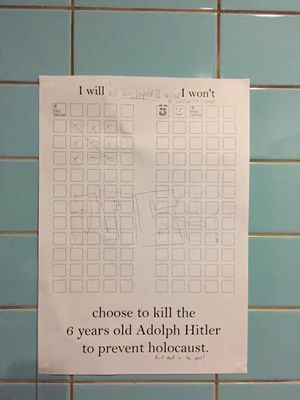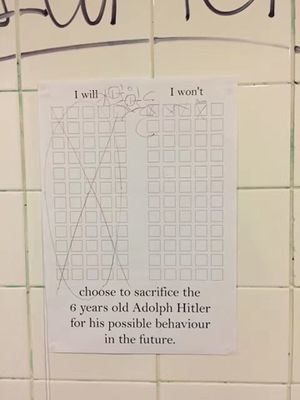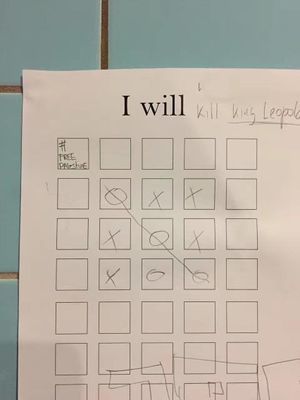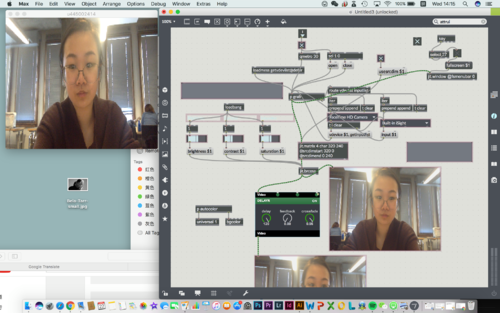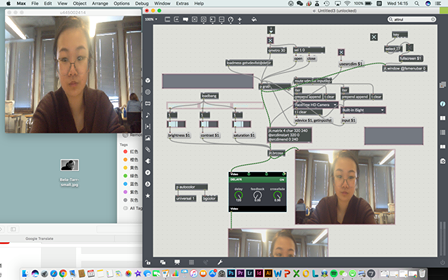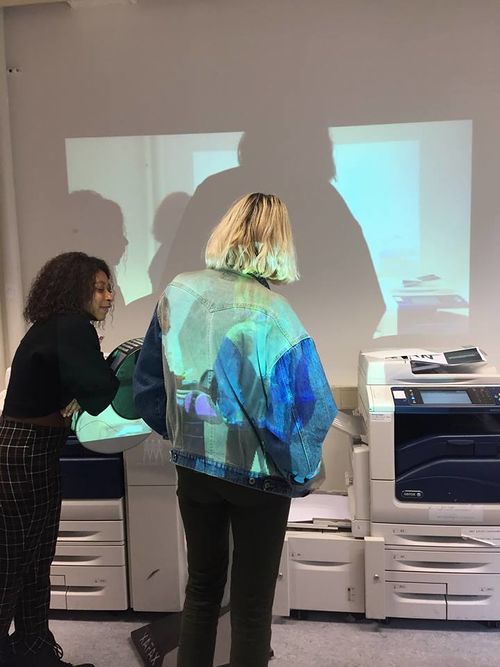Group Work: Free will in DATA
Contents
Group Work: Free will in DATA
15th. June
Conversation about DATA
We found out three of us did projects about data: Ayo - refuges, Syria to Denmark Daisy – how to meet people Tutu – Postal service Jess – didn’t
We discussed cookies pop up on websites we browse and how much data we gave away. And how much data we receive such as the advertisement shows Facebook. We determined in the modern world we have a sense of free will, however, we respond to our free will is down to the individual. We concluded that we think we own free will, yet it has been removed. And only the people successfully take away our free will is ourselves. We decided to conduct an experiment, in order to visualise free will. By considering how behaviours are influenced and how this causes a chain reaction. We aimed at thinking about cause and effect of the behaviour and exploring digitally.
We want to conduct an experiment in order to visualise free will - how are behaviours are manipulated and influenced and how this causes a chain reaction - we are thinking about cause and effect - and we intend to explore this digitally
16th. June
Collecting Data
We wanted to look at the ways of collecting data as well as to pursue how active our free will is. If we can take it away or even minimise it.
We are doing a small scale experiment by using 3 questions with basic I will or I wont answers, we are reducing our interacts free will by making them comply to a set of rules, the questions we will ask are: 1. Choose to kill the 6-year-old Adolph Hitler to prevent the Holocaust. 2. Choose to sacrifice the 6-year-old Adolph Hitler to save 6 million Jews. 3. Choose to sacrifice the 6 years old Adolph Hitler for his possible behaviour in the future.
19th. June
Experiment
We hung our posters around the art school, in second-floor blaak and in Wijnhaven. And 69 people took part. The experiment demonstrated people willing to use their free will but they are also not considering the consequences. Our interaction were not provided with any information on the questions they were being asked nor did they question why there were being asked. Using the posters we can identify and highlight that we have free will but we can restrict it, each individual decides how much of their free will they want to give away however they make an unconscious decision in the act of giving away their free will.
We Recognised: We have free will; We use and abuse our free will; We don’t consider all of our unconscious actions; Everyday we make a series of steps that we don’t recognise as part of our everyday life We behave with free will but we are entangled with multiple different systems both digital and physical and that influence and manipulate our behaviour
The majority of our actions are unconscious and this is also explored in our online behaviour The amount of data that we give away and receive is dangerous. If we were aware of it, how would we respond? Would be happy? Nervous? Uncomfortable?
20th. June
Production
We need to speak to the teacher at the interaction station and discuss a way that we can digest our data into a digital piece. In our artwork, we want to explore cause and effect as a chain reaction. We want to observe peoples behaviour and demonstrate their ‘free will’ in action.
We were starting to think about making a product/project and how we can demonstrate peoples behaviour to themselves. We have considered how we develop an uncomfortably in front of a camera, like a FaceTime camera or a hidden mirror, seeing ourselves take part in our actions provokes is distressing. We tried to replicate this in our work.
Our intention is to create a ‘mirror’ that is constant. The idea is to trap the audience in a moment, where they have to experience their behaviours over and over, the choices we make are literally visualised and the audience can physically see the chain reaction in their actions.
At the interaction station, they have recommended to us to use a webcam - a simple and easy means of displaying unconscious reactions.
We are currently working on programming a system where you would see your behaviour replicated over and over and over.
We are using MAX, a drag and drop operating system that is a simple coding method.
21st. June
Prototype
